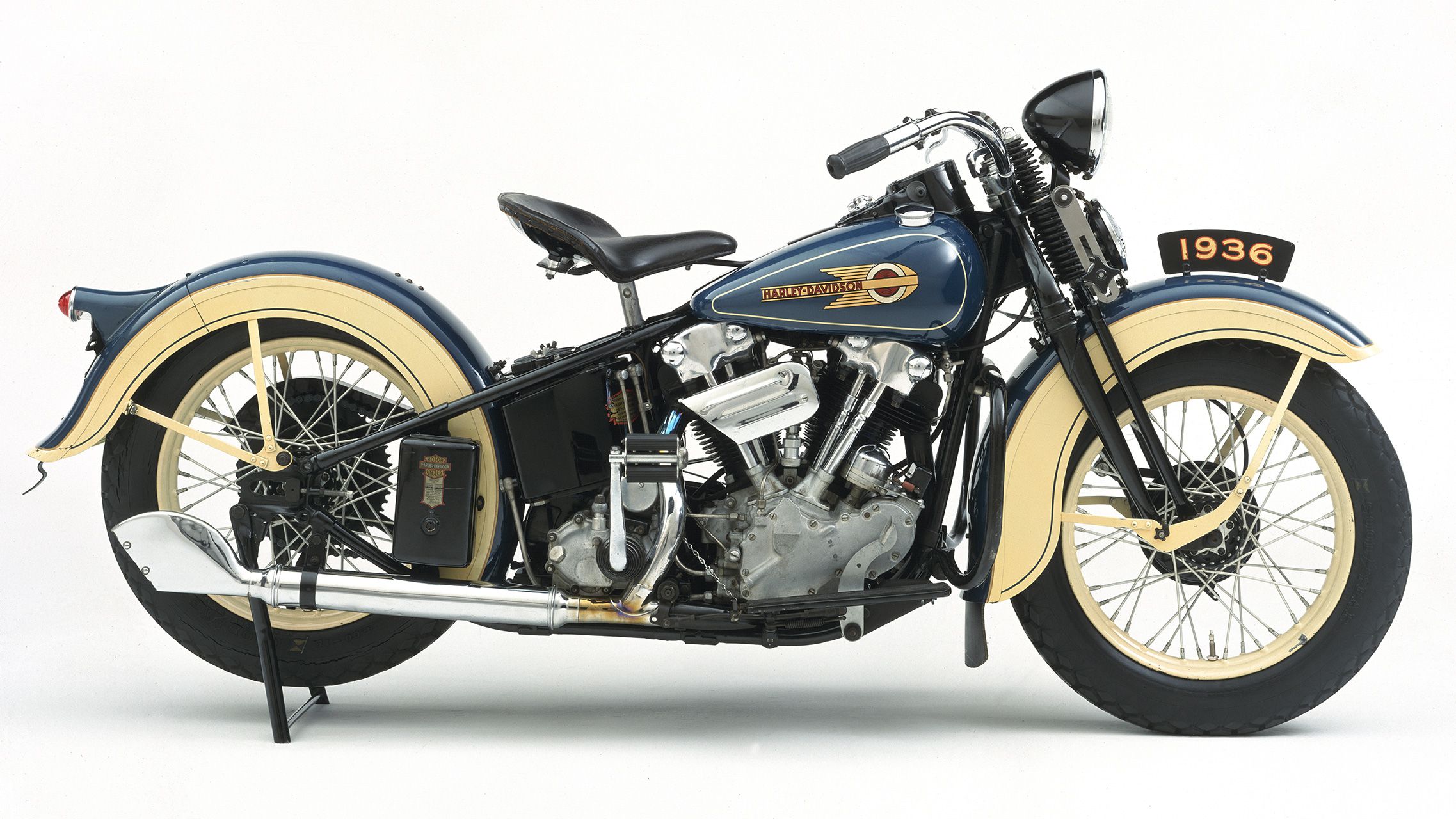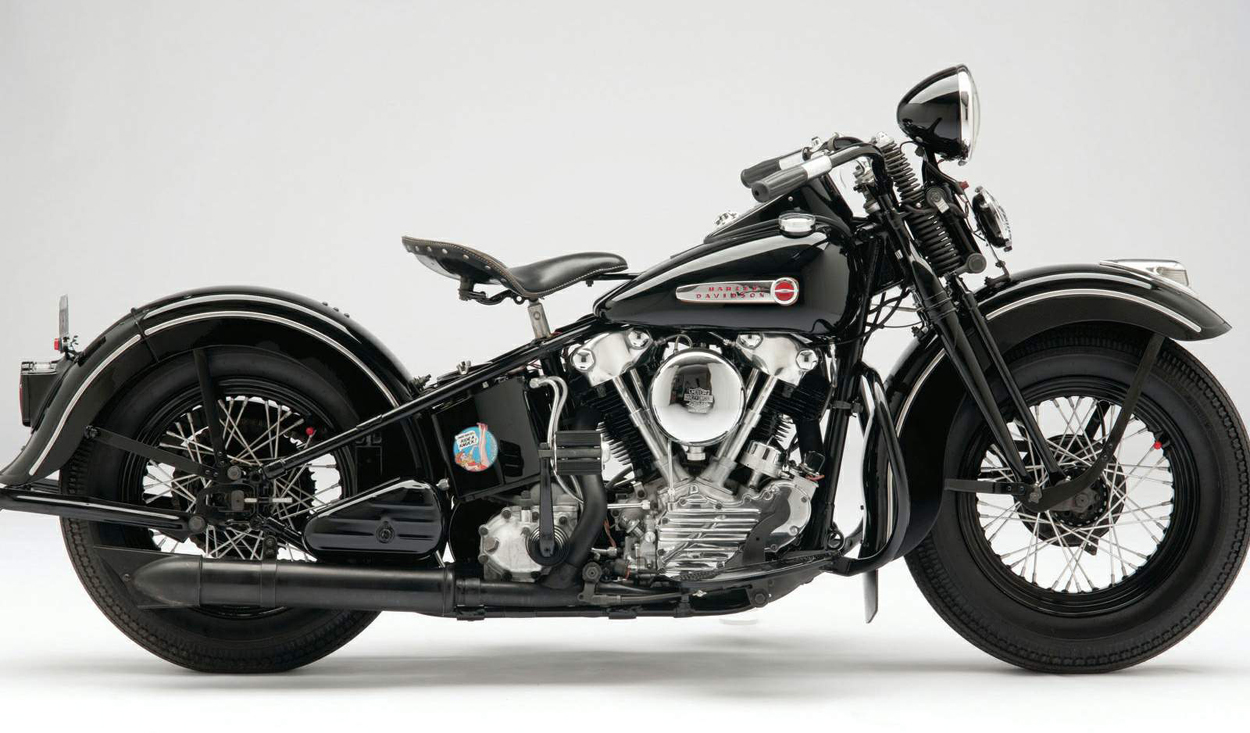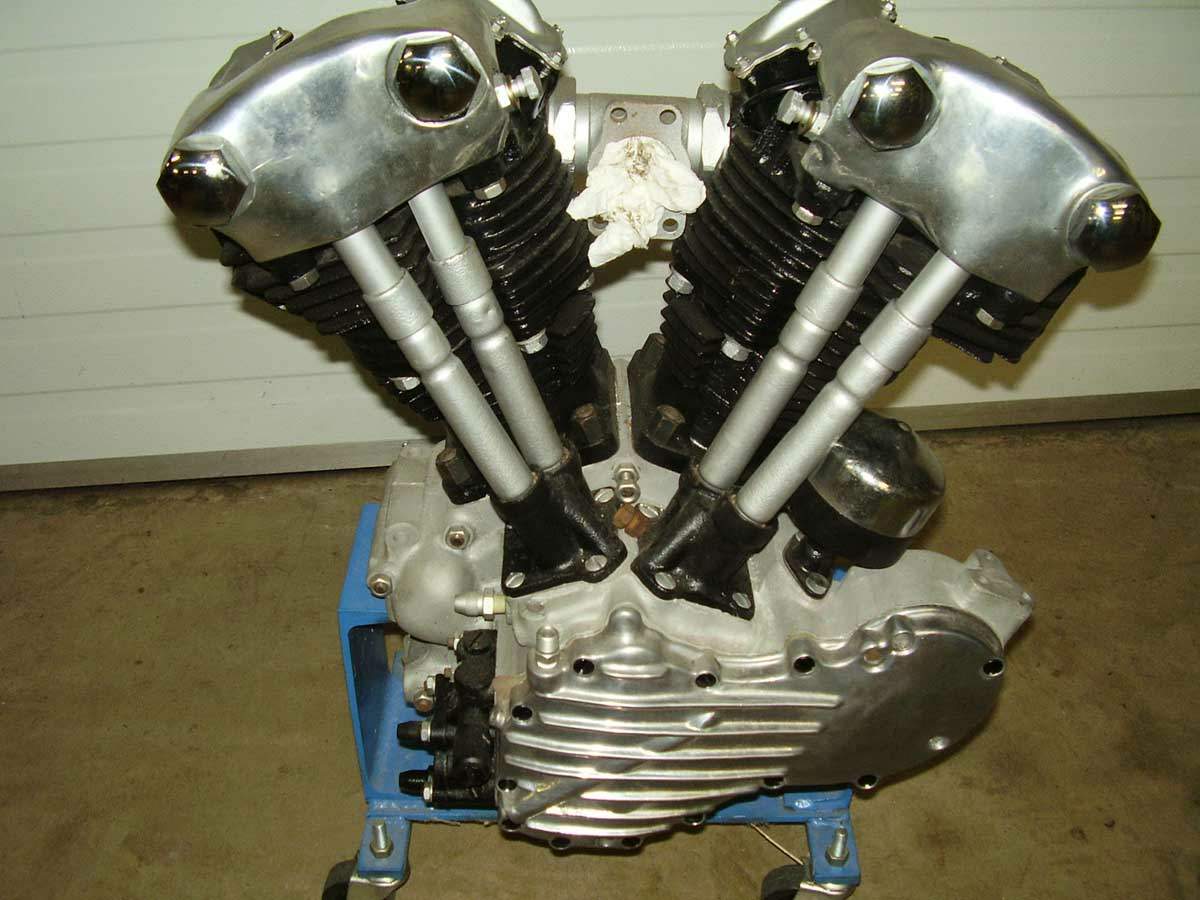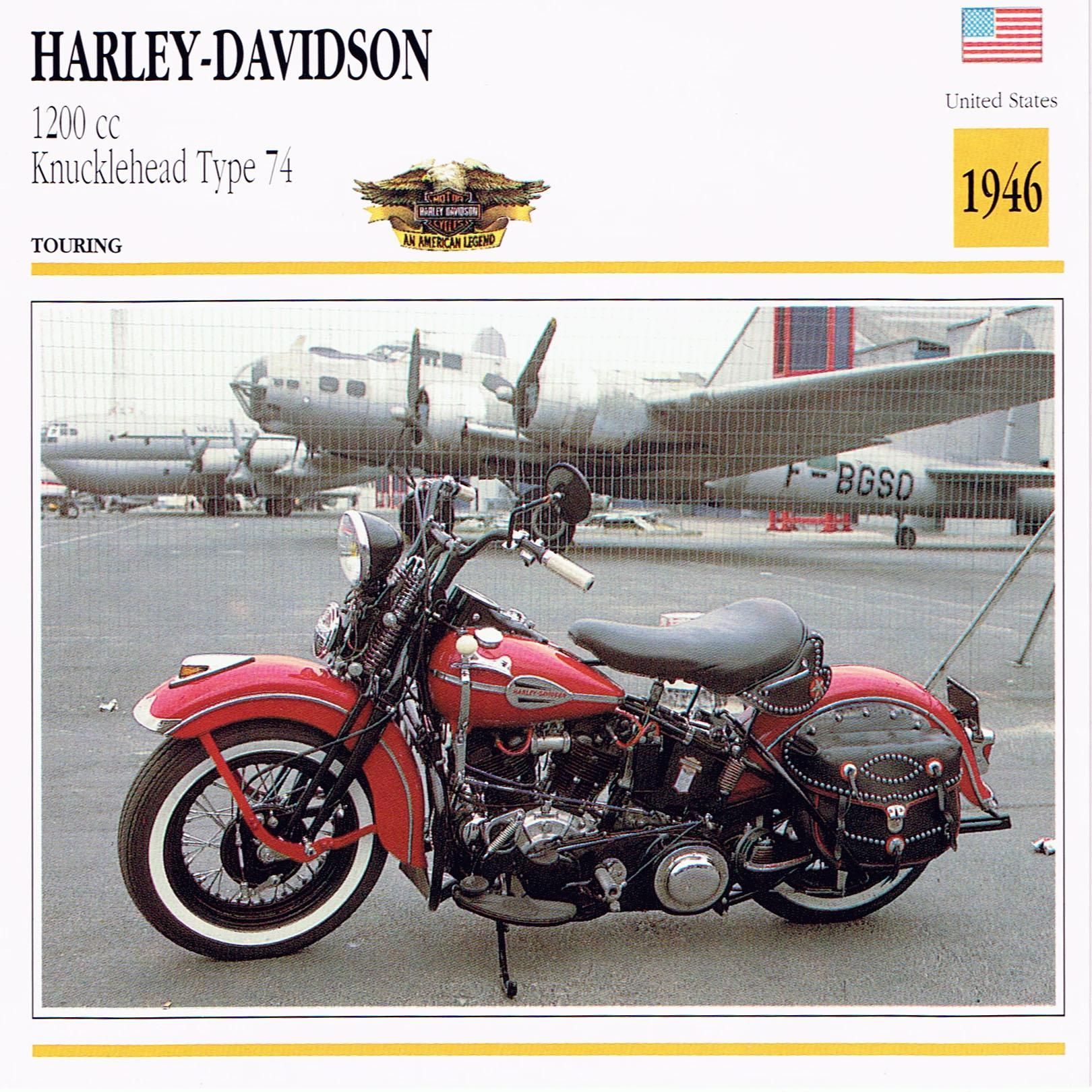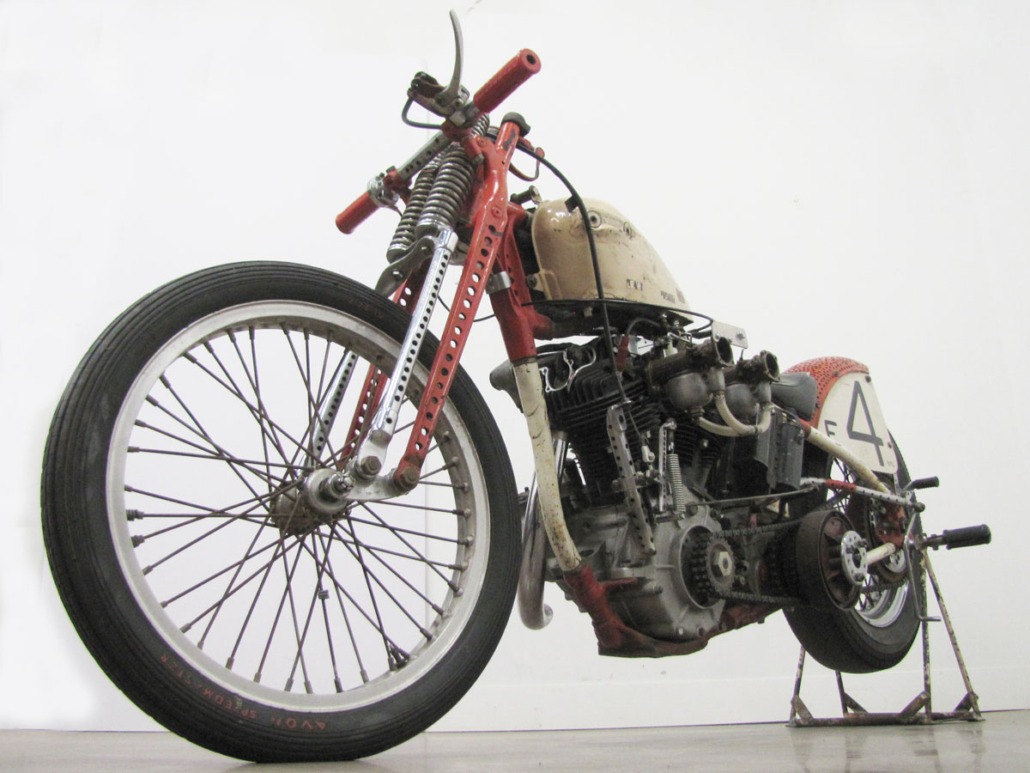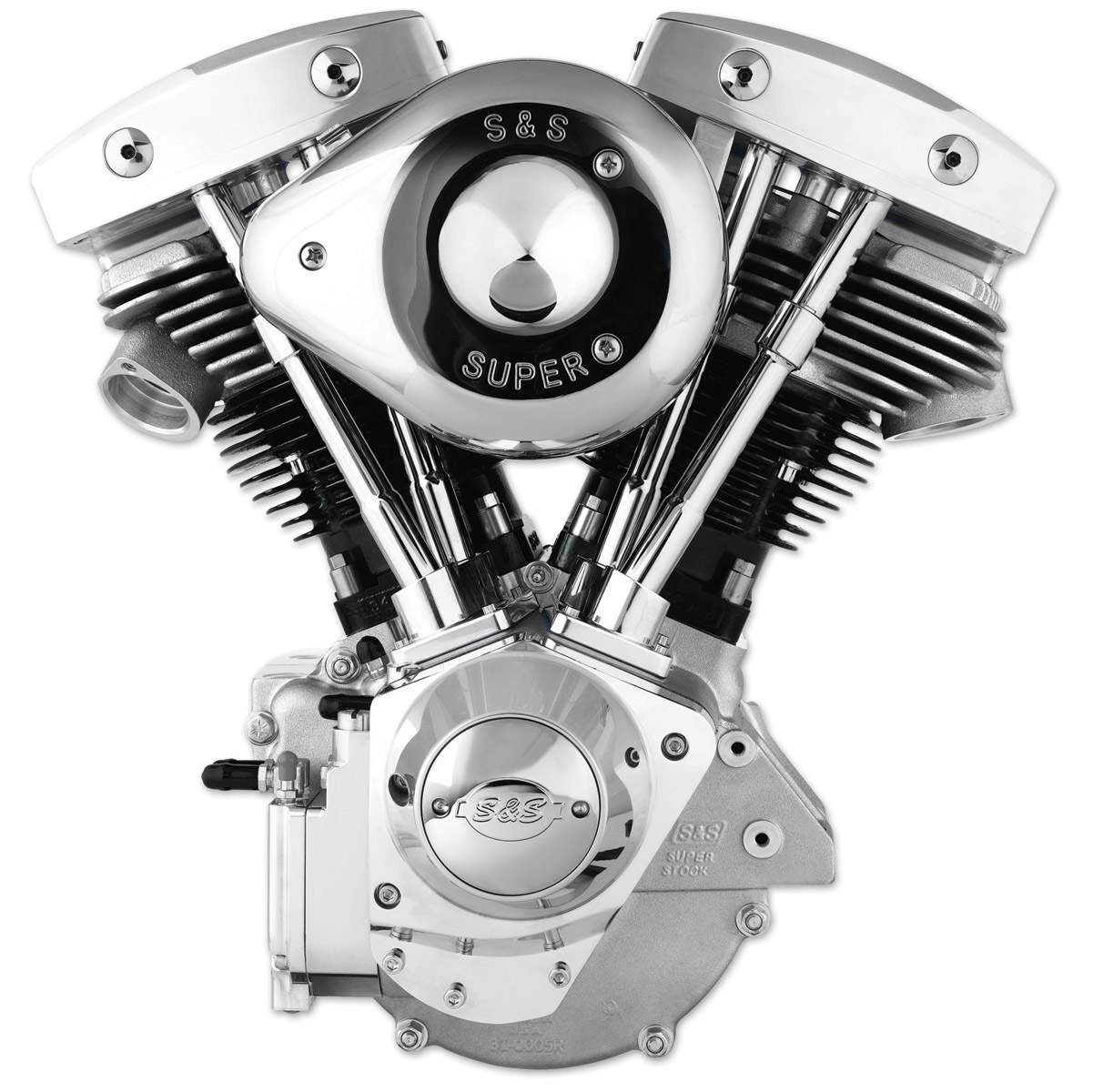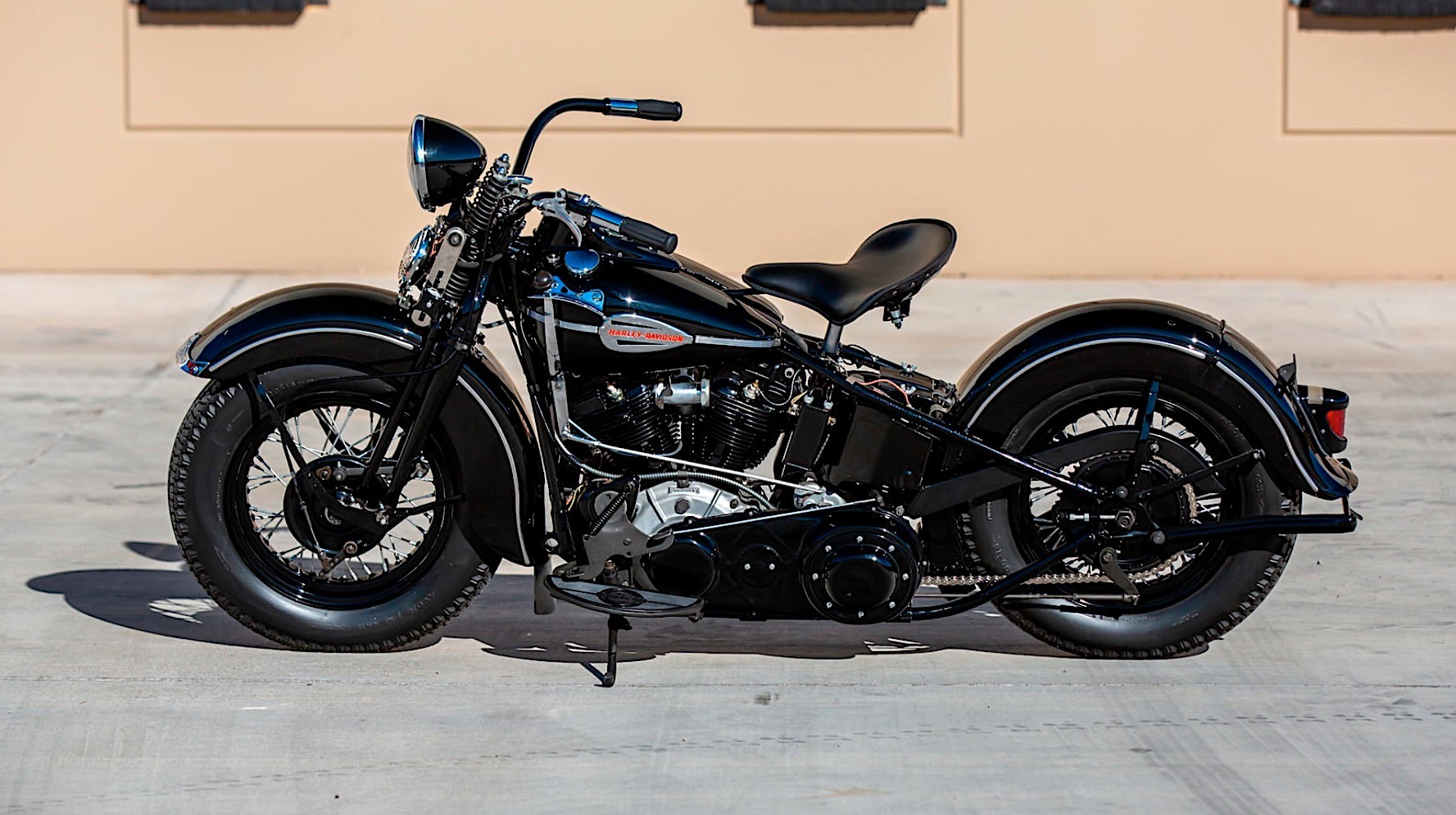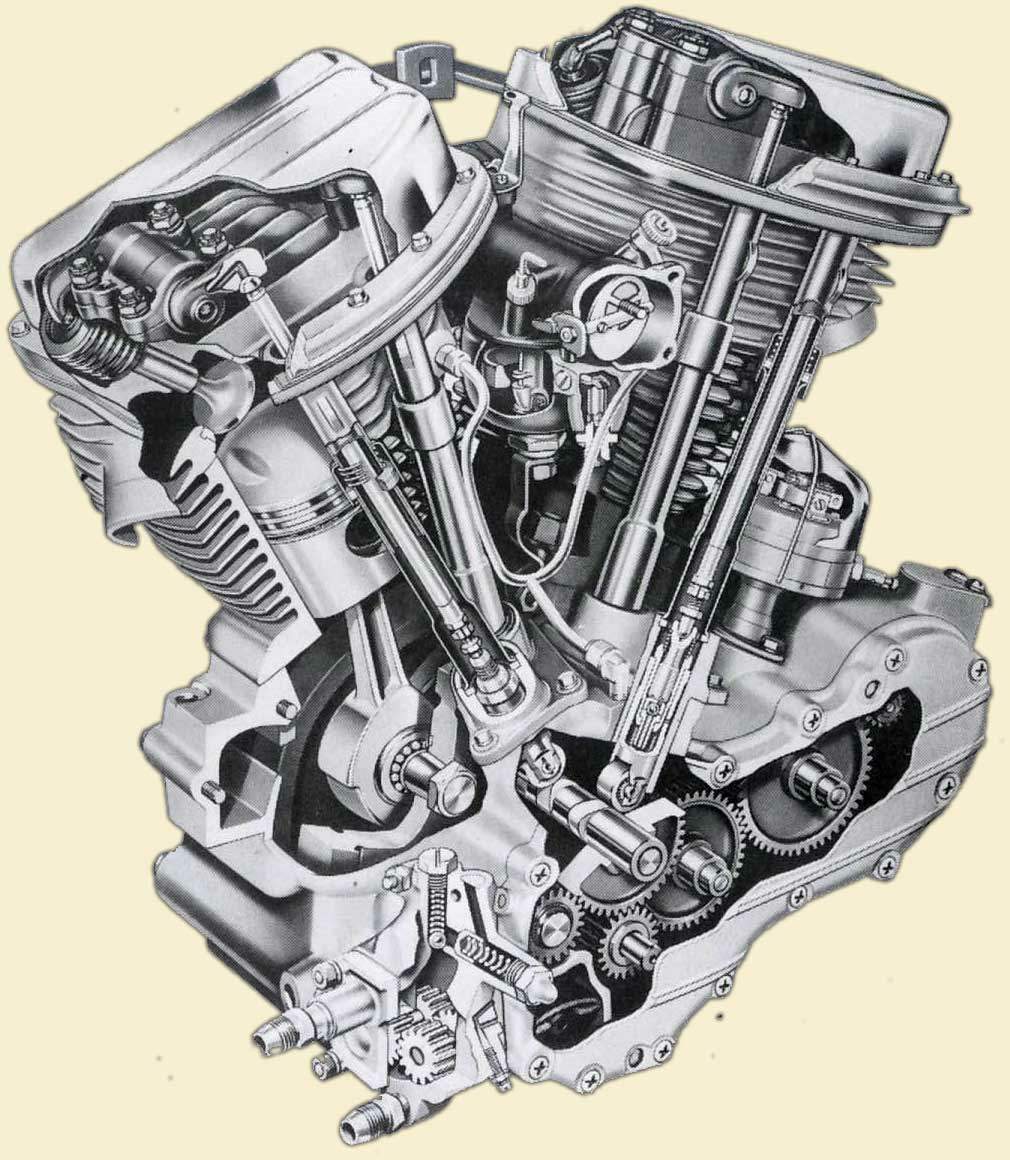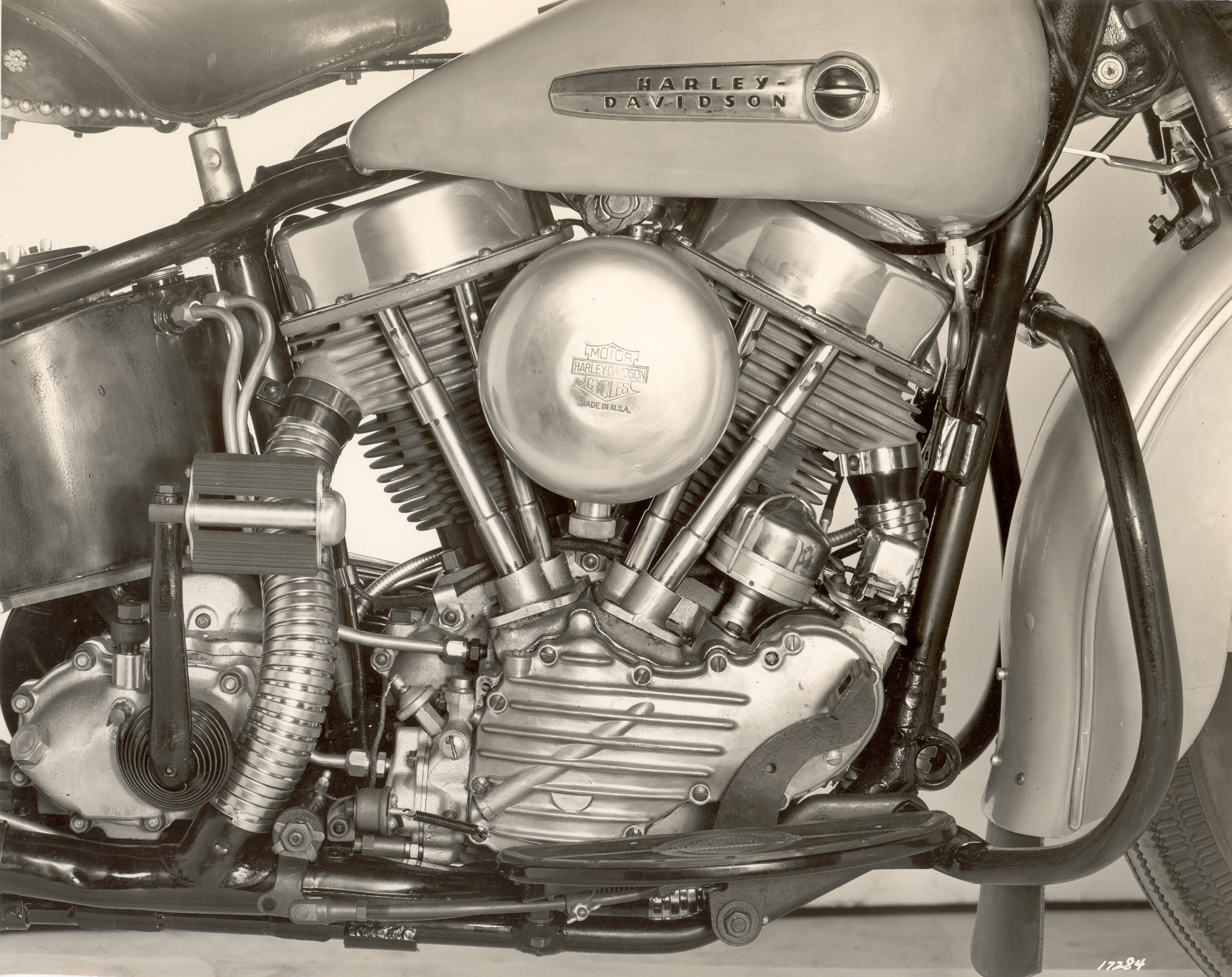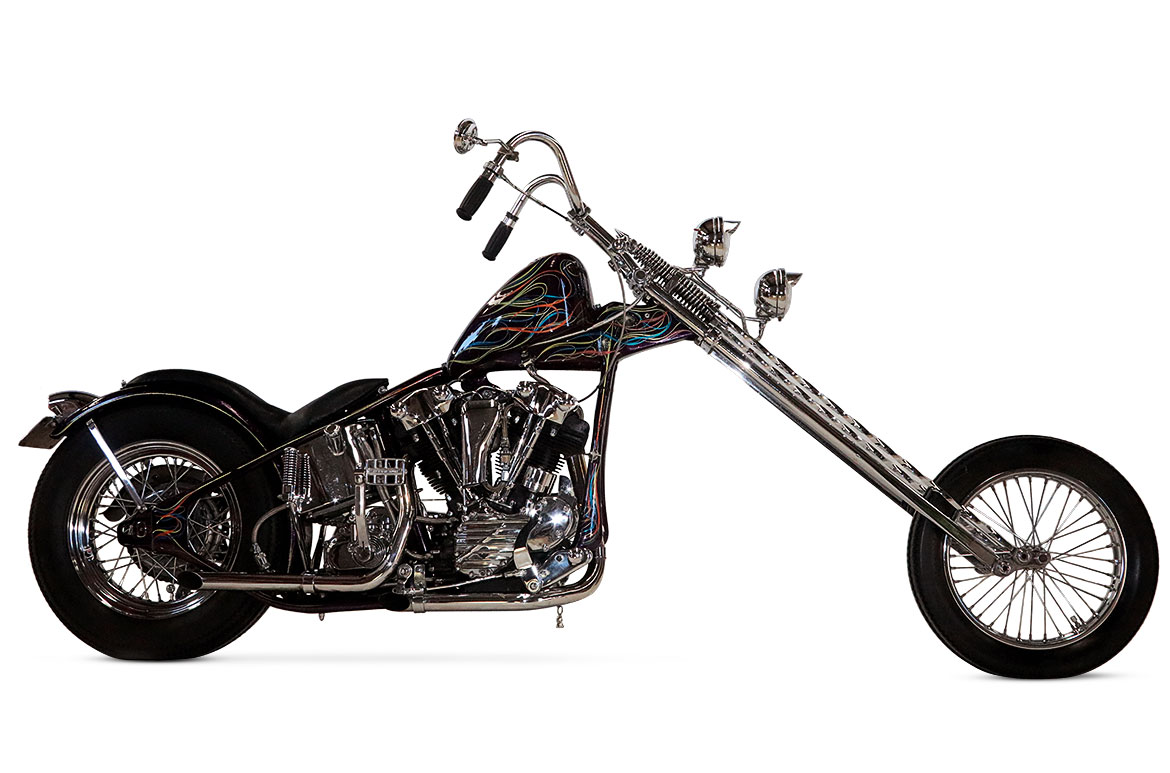Harley Davidson Knucklehead Engine Specs
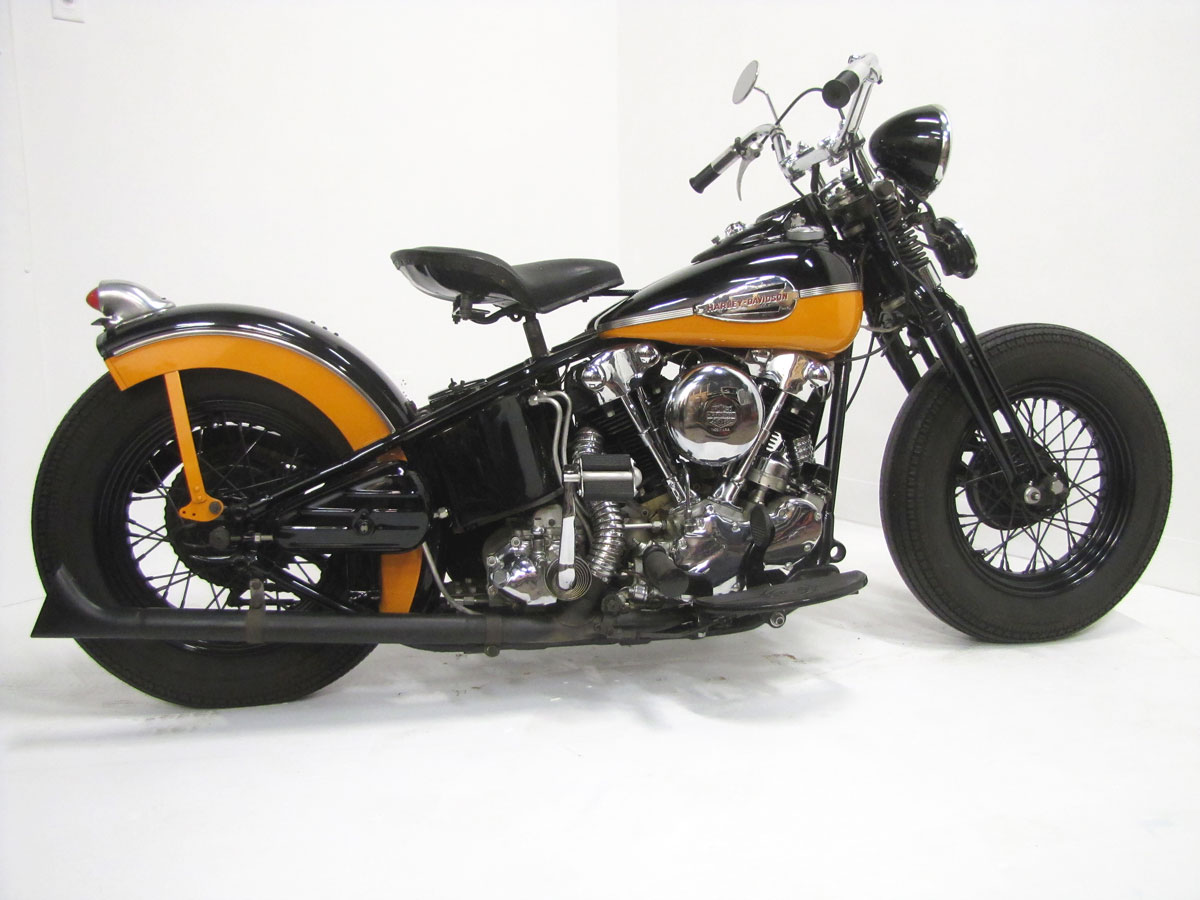
To understand how and why Harley-Davidson and the rest of the motorcycle industry got to where it is today it is important to first understand the 1936 model EL.
Harley davidson knucklehead engine specs. The owner rebuilt the engine to factory specs and the transmission was subjected to the same treatment. It pushes 80 horsepower at 5200 rpm. In 1936 Harley-Davidson introduces the EL an overhead valve 61 cubic inch pwered bike.
All was not well under those distinctive rocker boxes though and the rush to get the bike into production against the wishes of the engineers caused a series of problems particularly with oil leaks and weak. Type Air-cooled Knucklehead V-Twin OHV Displacement 1208 cm3 Bore X Stroke 34x40 in OR 86 mm Compression Ratio 701 Horsepower 554800 KWhpRPM Torque. Both engines have markedly made their place in Harley history.
The famed Knucklehead engine. The Esolo was the base model in the series that use to give the output of around 37hp with a compression ratio of 651 and the ES model was the same which is used in sidecar rings. Wet Wally Build Time.
The engine can have different bore and strokes as well as horsepower and torque ratings depending on what motorcycle it is in. It provides service repair and maintenance information for the 1940-1947 OHV 61 Cubic Inch 1000cc 74 Cubic Inch 1200cc engines Side Valve 74 Cubic Inch 1200cc engines and 80 Cubic Inch 1300cc engines found in 1940-1947 Harley-Davidson motorcycles. Harley-Davidson has produced many engines in its history.
The bore of this engine is 375 inches and the stroke is four inches. In 1941 Harley-Davidson introduced the 74-inch 1208cc OHV engine making 53 horsepower and the Knucklehead would remain in production until the introduction of the Panhead in 1948. 1207 cc 74 cu-in.
If you check out the video at the bottom of this article you will hear that the engine. Harley-Davidson pulled ahead of Indian in 1936 with the introduction of its first overhead valve V-Twin. In 1945 Harley-Davidson introduced a new engine that would come to be known as the Panhead and somewhere in that post war period the older OHV engine began being referred to as a Knucklehead because of the shape of the top covers of the engine.
